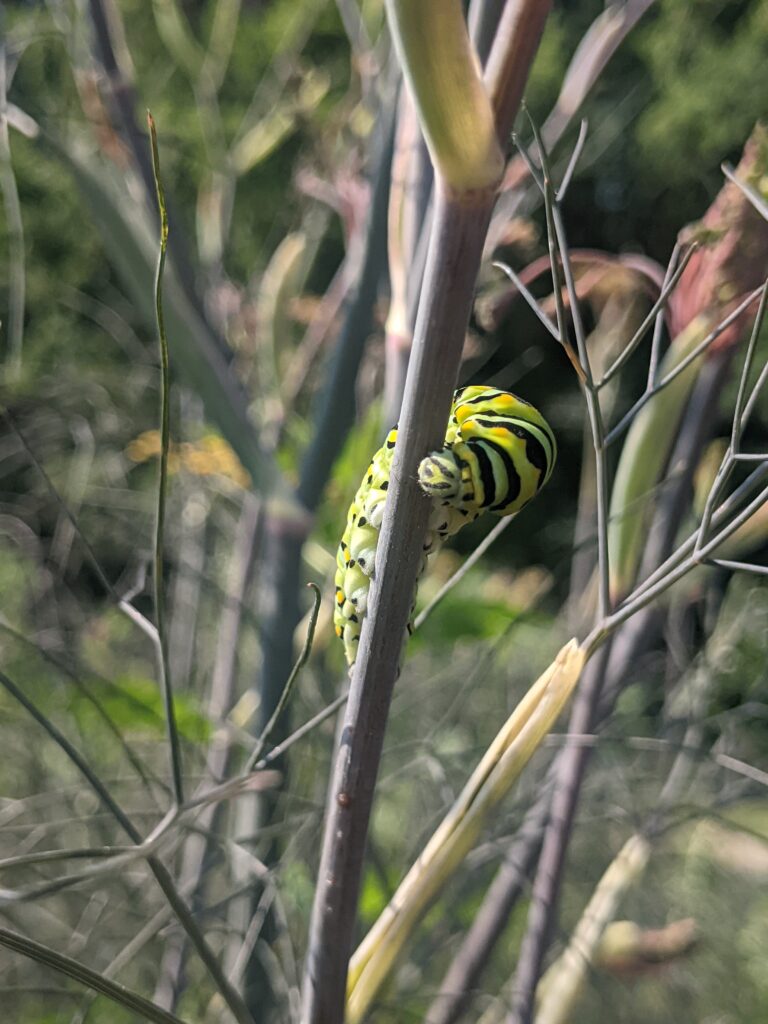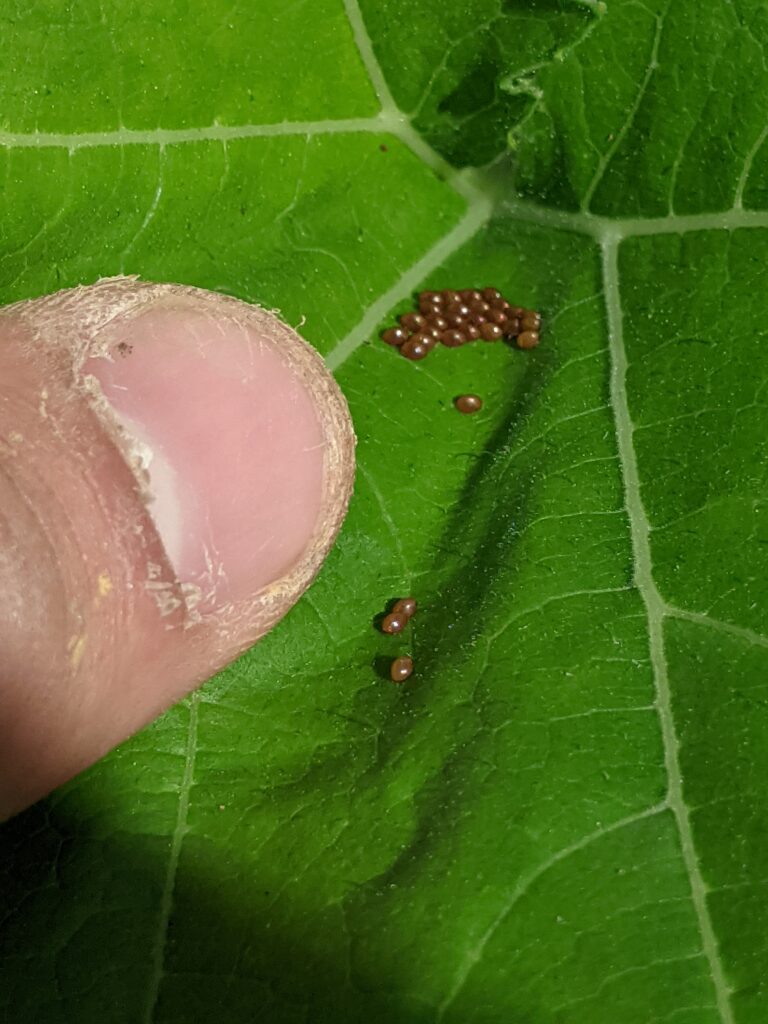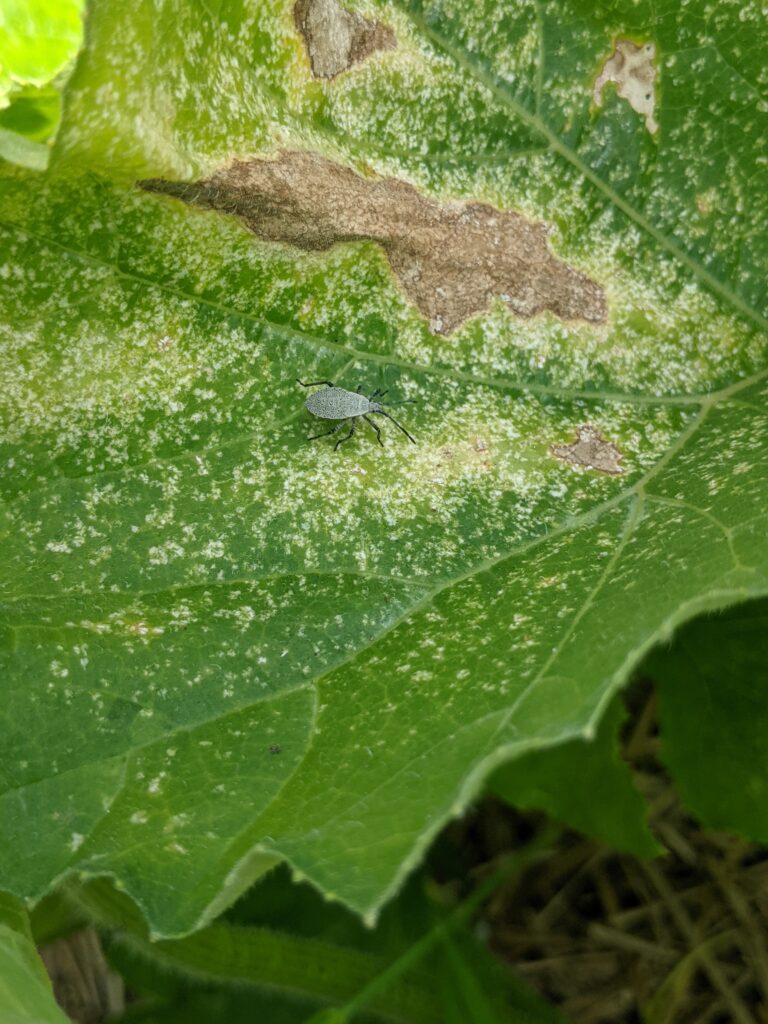Flora Fridays – June 28, 2024
go.ncsu.edu/readext?1012011
en Español / em Português
El inglés es el idioma de control de esta página. En la medida en que haya algún conflicto entre la traducción al inglés y la traducción, el inglés prevalece.
Al hacer clic en el enlace de traducción se activa un servicio de traducción gratuito para convertir la página al español. Al igual que con cualquier traducción por Internet, la conversión no es sensible al contexto y puede que no traduzca el texto en su significado original. NC State Extension no garantiza la exactitud del texto traducido. Por favor, tenga en cuenta que algunas aplicaciones y/o servicios pueden no funcionar como se espera cuando se traducen.
Português
Inglês é o idioma de controle desta página. Na medida que haja algum conflito entre o texto original em Inglês e a tradução, o Inglês prevalece.
Ao clicar no link de tradução, um serviço gratuito de tradução será ativado para converter a página para o Português. Como em qualquer tradução pela internet, a conversão não é sensivel ao contexto e pode não ocorrer a tradução para o significado orginal. O serviço de Extensão da Carolina do Norte (NC State Extension) não garante a exatidão do texto traduzido. Por favor, observe que algumas funções ou serviços podem não funcionar como esperado após a tradução.
English
English is the controlling language of this page. To the extent there is any conflict between the English text and the translation, English controls.
Clicking on the translation link activates a free translation service to convert the page to Spanish. As with any Internet translation, the conversion is not context-sensitive and may not translate the text to its original meaning. NC State Extension does not guarantee the accuracy of the translated text. Please note that some applications and/or services may not function as expected when translated.
Collapse ▲Insects in the Garden
Have you ever wondered what insects are crawling through the garden? Many insects damage plants by feeding activity, but this is not always grounds for elimination. Most plants can tolerate this amount of natural damage. 99% of insects are harmless or beneficial to crops. This is why it is important to properly learn insect identification. Observing the insect is the first step that can help, followed by asking questions about it’s looks and activity. What mouthparts does the insect have? What stage of life is the insect in? How widespread is the insect? These questions can help you properly identify the subject, and determine best management strategies if any are needed. In this Flora Friday, we will walk through three examples of plant pest identification.
Example 1

Caterpillars feed on many plants, but each must be judged by it’s benefits as a pollinator and how much damage it does.
This insect appears to be a worm of some type. The first question to ask is what the unidentified garden guest is eating, and how it is feeding. Investigating further, we know that this worm is feeding on anise by slowly munching the leaves. There do not appear to be many of the worms, so we conclude that this case is limited or isolated. Finally, we recognize this insect is not actually a worm – but an immature butterfly, also known as a caterpillar. Specifically, we checked our insect book and found this animal to be a black swallowtail caterpillar. It is best left alone, as we now know the species does little damage and is a beneficial pollinator.
Example 2
What are these small spherical insects? It is clear that these are in the beginning stages of life, as eggs. It can be tough to identify an insect by its eggs, but checking an insect guide can help solve the case. In this situation, we identify the eggs as those of a stinkbug. These are pest insects, and this is the best time to eliminate them – before they hatch! Simply scraping off or popping the eggs on a regular basis can help keep these pests out of your garden space.
Example 3
Here, we have a clear view of an insect causing damage to a plant. The damage we see is a constellation of yellow spots, also called stippling. Stippling can be caused by a number of insects with piercing-sucking mouthparts, like the culprit we see here. This wingless insect is likely an immature aphid, which is a pest. A good way to eliminate this pest is by first attempting to remove them with a jet of water. After the leaf area dries, the remaining insects can be sprayed with neem oil or insecticidal soap. These products require good coverage of the insect to be effective, and are food-safe.
We hope you have enjoyed this edition of Flora Fridays! I know I did. Please consider leaving feedback in the box below. At Extension, we are here to listen to and address your needs.
Check out past Flora Fridays.






